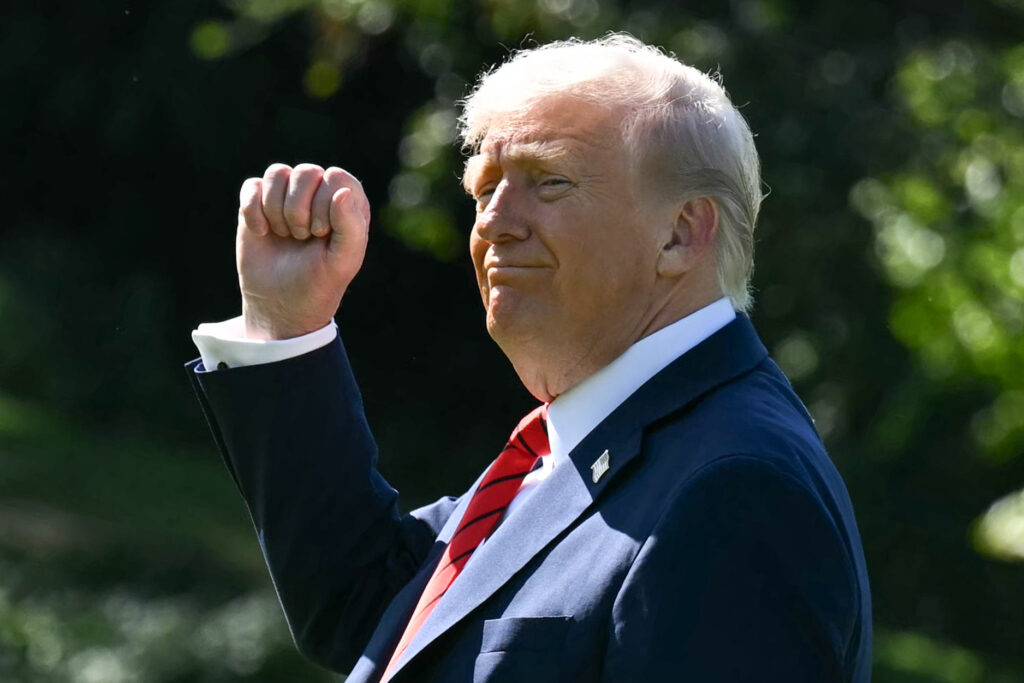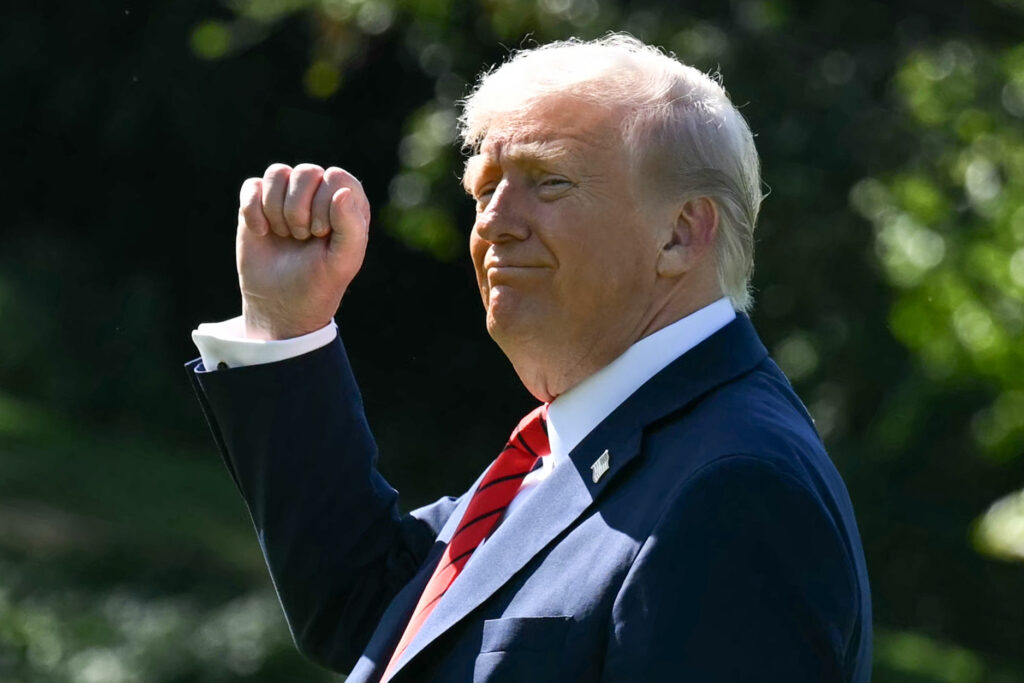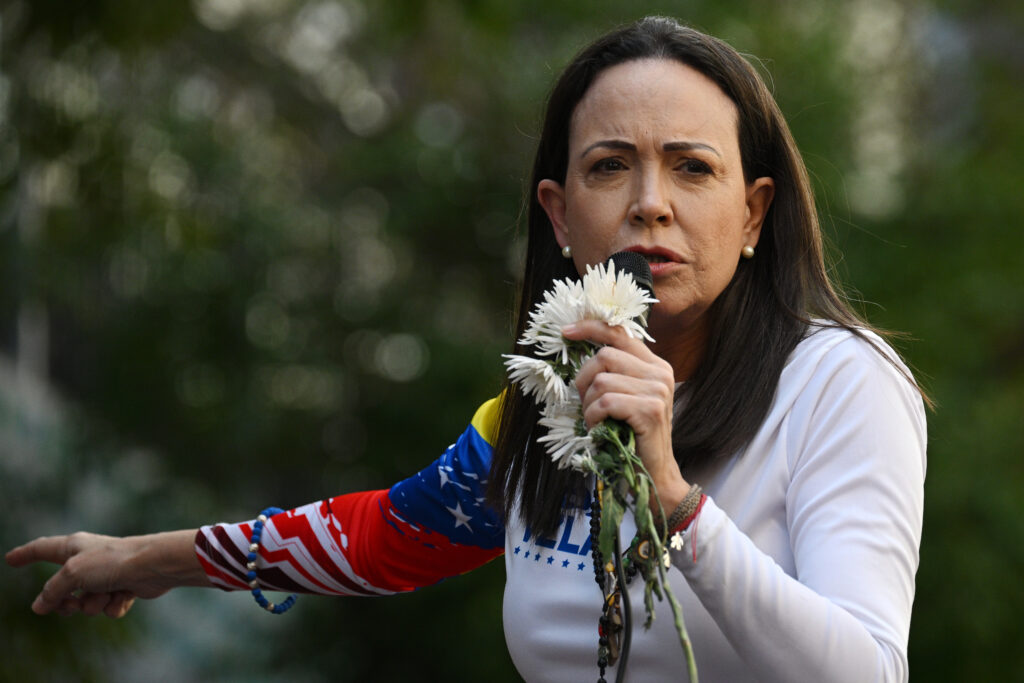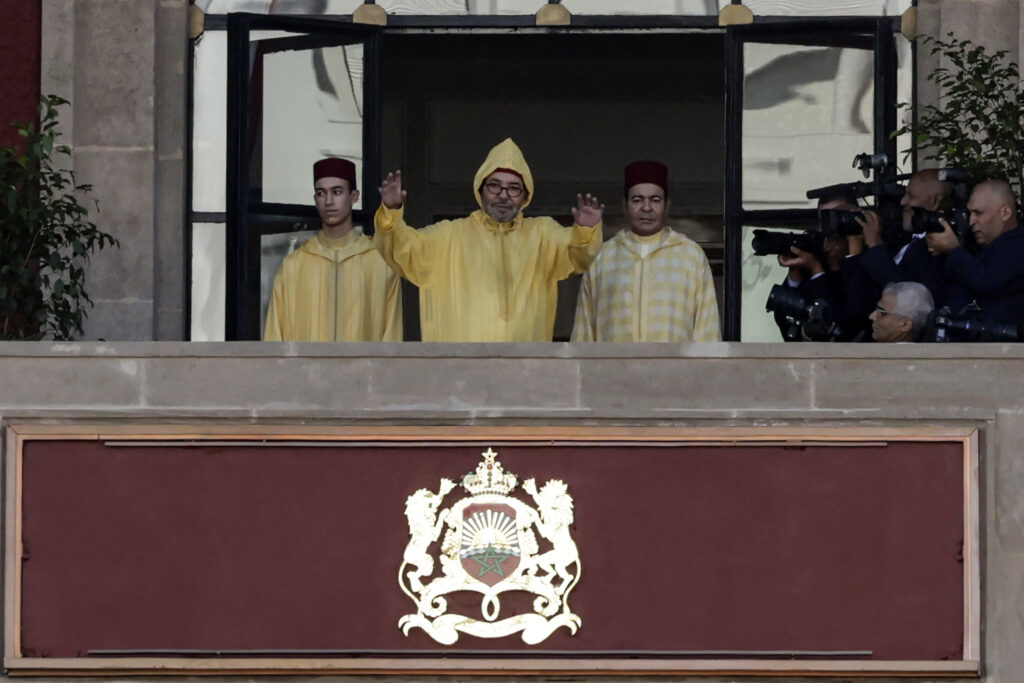Trump announces new 100 percent China tariff, threatens to scrap Xi talks
US President Donald Trump announced an additional 100 percent tariff on China Friday and threatened to cancel a summit with Xi Jinping, reigniting his trade war with Beijing in a row over export curbs on rare earth minerals.Trump said the extra levies, plus US export controls on “any and all critical software,” would come into effect from November 1 in retaliation for what he called Beijing’s “extraordinarily aggressive” moves.”It is impossible to believe that China would have taken such an action, but they have, and the rest is History,” he said on Truth Social.Stock markets fell as the simmering trade war between the United States and China reignited, with the Nasdaq down 3.6 percent and the S&P 500 down 2.7 percent.Chinese goods currently face US tariffs of 30 percent under tariffs that Trump brought in while accusing Beijing of aiding in the fentanyl trade, and over alleged unfair practices.China’s retaliatory tariffs are currently at 10 percent.Trump had threatened the tariffs hours earlier in a lengthy surprise post on his Truth Social network that said China had sent letters to countries around the world detailing export controls on rare earth minerals.Rare earth elements are critical to manufacturing everything from smartphones and electric vehicles to military hardware and renewable energy technology. China dominates global production and processing of these materials.”There is no way that China should be allowed to hold the World ‘captive,'” Trump wrote, describing China’s stance as “very hostile”.The US president then called into question his plans to meet Chinese president Xi at the Asia-Pacific Economic Cooperation (APEC) summit later this month.It was to be the first encounter between the leaders of the world’s two largest economies since Trump returned to power in January.”I was to meet President Xi in two weeks, at APEC, in South Korea, but now there seems to be no reason to do so,” he wrote.Trump later told reporters in the Oval Office that he hadn’t canceled the meeting.”I haven’t canceled, but I don’t know that we’re going to have it. But I’m going to be there regardless, so I would assume we might have it,” he said.- ‘Lying in wait’ -The US president said he did not understand why China was choosing to act now. “Some very strange things are happening in China! They are becoming very hostile,” he said.Trump said other countries had contacted the United States expressing anger over China’s “great Trade hostility, which came out of nowhere.”He also accused Beijing of “lying in wait” despite what he characterized as six months of good relations, which has notably seen progress on bringing TikTok’s US operations under American control as required by a law passed by Congress last year.His outburst comes just weeks after he had spoken of the importance of meeting Xi at the APEC summit and said that he would travel to China next year.Washington and Beijing engaged in a tit-for-tat tariffs war earlier this year that threatened to effectively halt trade between the world’s two largest economies.Both sides eventually agreed to de-escalate tensions but the truce has been shaky.Trump said last week that he would push Xi on US soybean purchases as American farmers, a key voting demographic in his 2024 election win, grapple with fallout from his trade wars.China had said earlier Friday that it would impose “special port fees” on ships operated by and built in the United States after Washington announced charges for Chinese-linked ships in April.In a further development, the US communications watchdog said it had successfully managed to get “millions” of listings for banned Chinese items removed from commerce platforms.”The Communist Party of China is engaged in a multi-prong effort to insert insecure devices into Americans’ homes and businesses,” Brendan Carr, head of the Federal Communications Commission, said on X.





